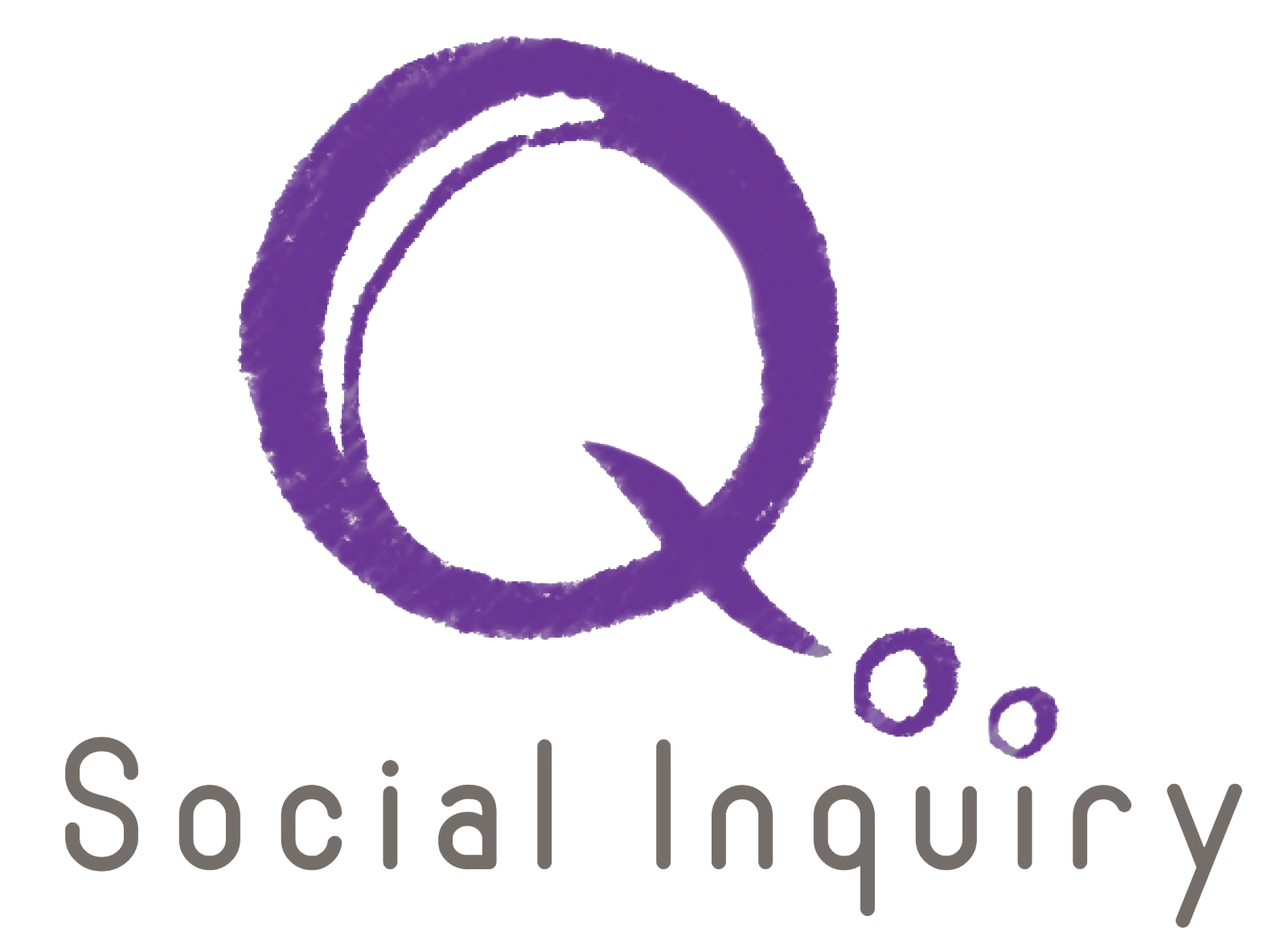Situational Analysis of Sinjar District
Social Inquiry, in collaboration with Welthungerhilfe, conducted a baseline situational analysis of Sinjar district. The analysis focused on two broad, inter-linked dimensions: social cohesion (i.e., demography, security and safety situation, governance and rule of law, social interaction and ethno-religious acceptance, old and new returnee tensions, and access to livelihoods and community resources); and agriculture and business (i.e., irrigation, livestock, crops, loans, access to markets, small and medium enterprises, income, employment, etc.). This specific focus was chosen given the fact that the population experienced widespread displacement, serious mass violations of human rights, and large-scale destruction since the arrival of ISIS to the district in 2014. Coupled with this is the emergence of foreign and local armed groups to protect the area once ISIS was pushed out. The ethno-religiously diverse district, made up predominantly of Ezidi populations as well as Sunni and Shia Arabs and Kurds, has begun to experience the return of certain displaced families while others still are prevented from coming back due to alleged ISIS affiliation. The district is also the site of historical development neglect, marginalization, and is disputed between the Federal Government of Iraq and the Kurdistan Regional Government. Because of these complex and in some cases longstanding grievances, it is critical to understand in more detail how they intersect and overlap in order to design longer-term and sustainable programming and policy in relation to livelihoods that mainstreams social cohesion in Sinjar district for all populations.
Download the presentation here.
